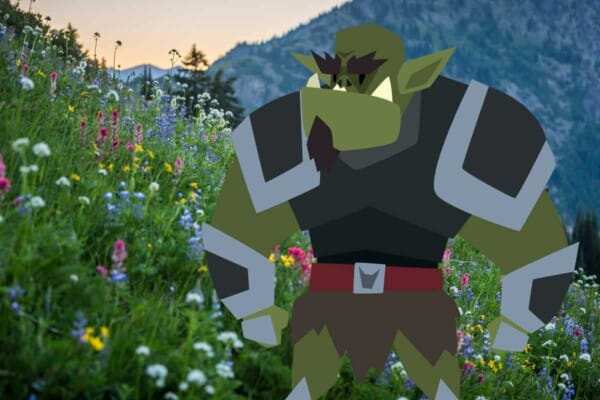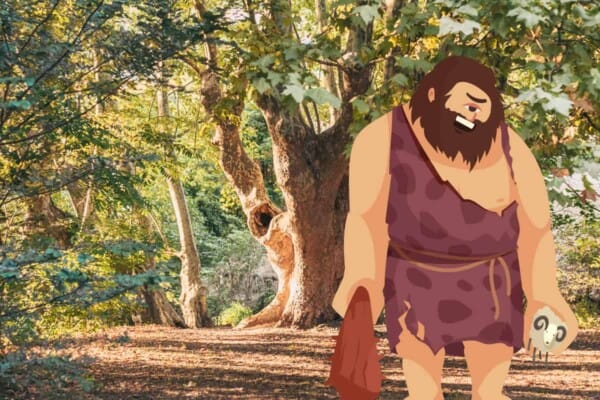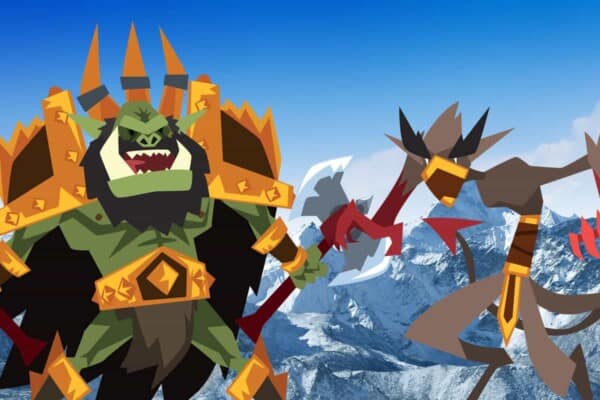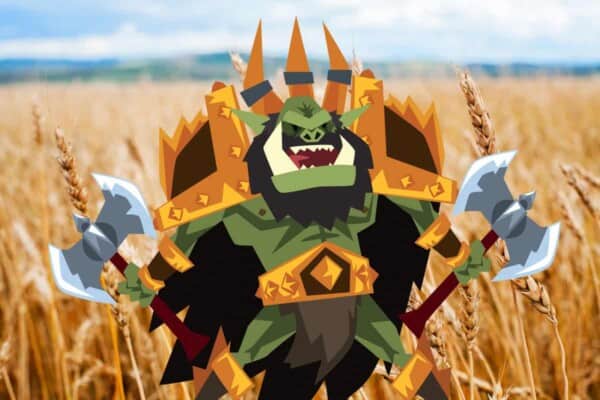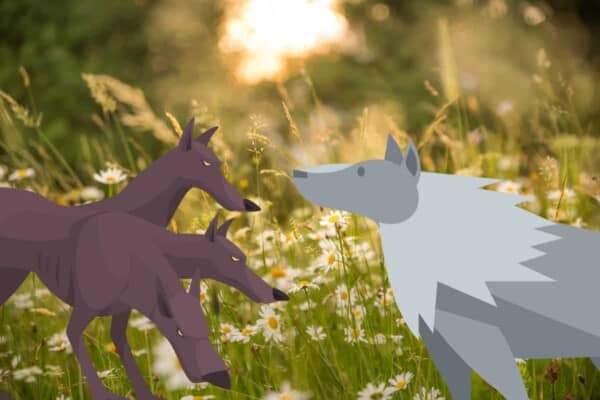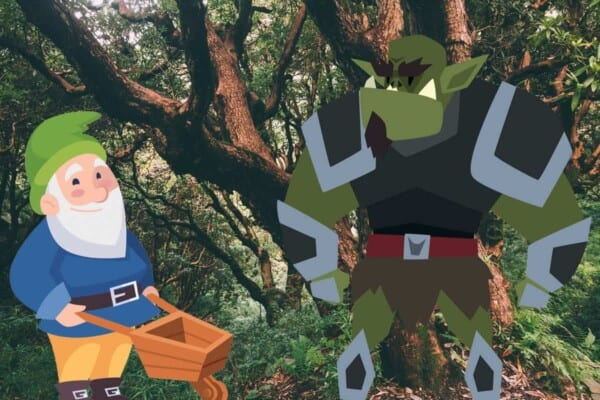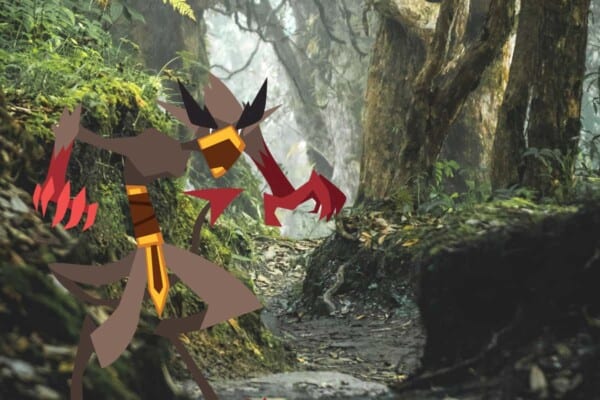Goblins are among the most interesting creatures from folklore. Given the numerous variations of these creatures, it can be hard to figure out anything about their nature. One of the most common questions about them is about their sleep patterns – are they diurnal like humans, or are they nocturnal instead?
Goblins are generally depicted as being nocturnal and active during the night. However, some goblin stories, like that of the erlking, also show them as being active during the day. Regardless of whether they are active at night or during the day, they do sleep, often on beds of dried leaves.
In this article, I’ll explore both the nocturnal and diurnal sides of goblins. By the time you’re done reading, you’ll have a better idea of their sleep patterns!
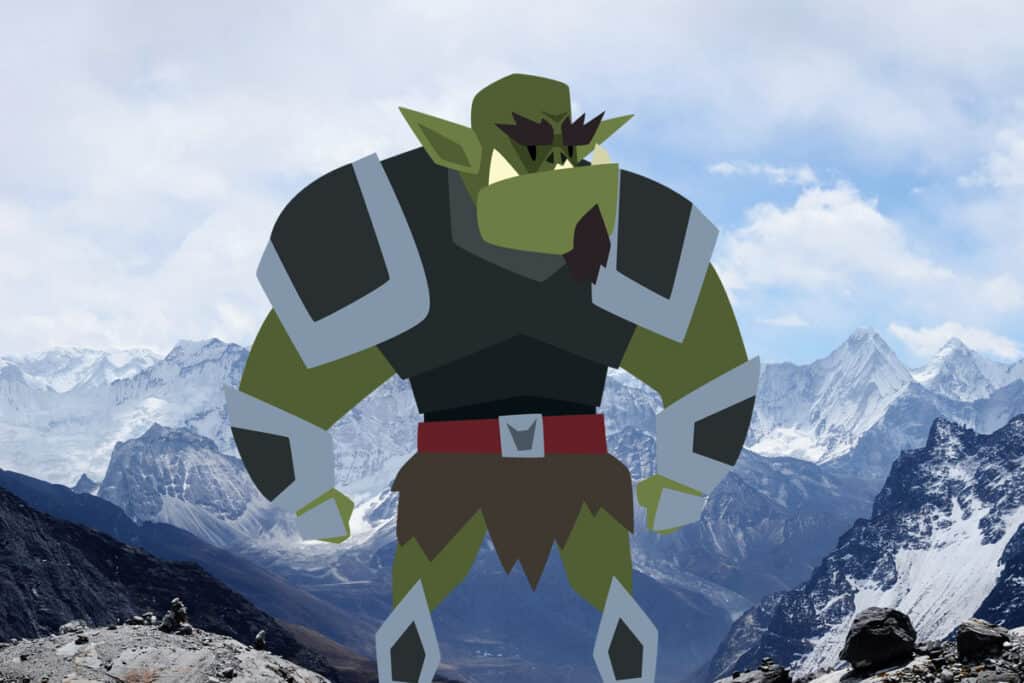
Nocturnal Goblins
As mentioned above, some types of goblins are either nocturnal or are primarily active at night. These include:
- Hobgoblins: Hobgoblins are perhaps the most “benevolent” type of goblin. They are household trickster spirits who will do small jobs around the house in exchange for offerings of food. These chores are completed when the family living in the house is asleep – that is, at night. Hobgoblins will usually sleep during the day when the family they live with is active.
- Redcaps: Redcaps are more vicious goblins that make their home in ruined and abandoned castles along the England-Scotland border. If a traveler unknowingly chooses to spend the night in a redcap’s castle, the goblin will kill the human and dye their hats in their blood. They will wait until the traveler remains in the castle after nightfall, and if they do, the redcap will attack the person.
- Mare: The mare are goblin-like creatures from German and Slavic folklore that are said to be the source of nightmares. At night, they visit sleepers and sit on their chest, holding them down and inducing horrible dreams.
- Kallikantzaroi: These are Greek goblins that are most active between Christmas and 6th January, after which they return to their home under the earth. They are nocturnal creatures that would visit homes at night, playing pranks and generally harassing mortals.
The poem Goblin Market by English writer Christina Rosetti is perhaps the most famous literary depiction of goblins. In this poem, the river goblins who run the market the poem’s title refers to start their markets at twilight, selling their magical fruits by the light of the moon.
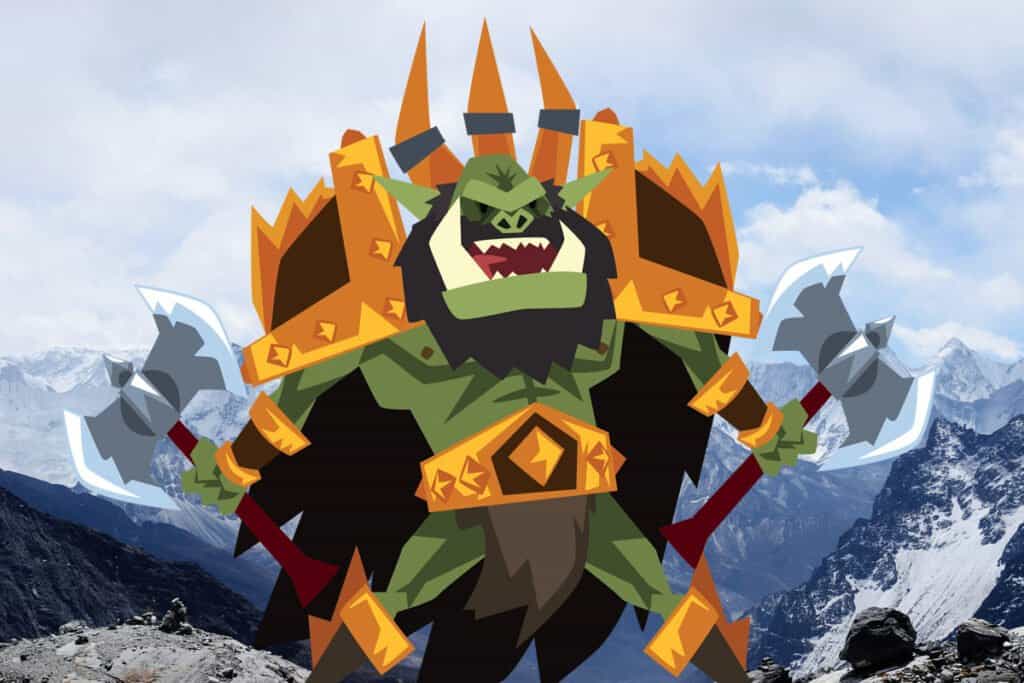
Diurnal Goblins
However, it should be noted that not all goblins are nocturnal, and some are known to be active during the day.
The best-known diurnal goblin is the erlking. This type of goblin originates from German and Scandinavian folklore and refers to a goblin that makes its home in the forests. Sometimes, the erlking refers to a single goblin, the “king of the faeries,” and other times, it may refer to one of many such goblins.
These goblins wait until children enter their forests. If the child lingers for too long, the goblin will kill them. This will take place regardless of the time of day, and the erlking will kill during the day just as often as it will at night.
In the Harry Potter book series, goblins play the role of bankers for the wizarding world. They seem to follow a diurnal pattern, as they are always present in Gringotts (the wizarding bank) when the main characters visit during the day to withdraw money from their accounts.
Final Thoughts
Goblins are generally depicted as nocturnal creatures, though this doesn’t mean they don’t sleep. Goblins like hobgoblins, redcaps, mare, and kallikantzaroi are all depicted as being most active at night. However, other goblins like the erlking are described as being diurnal and are active at all times of the day.




